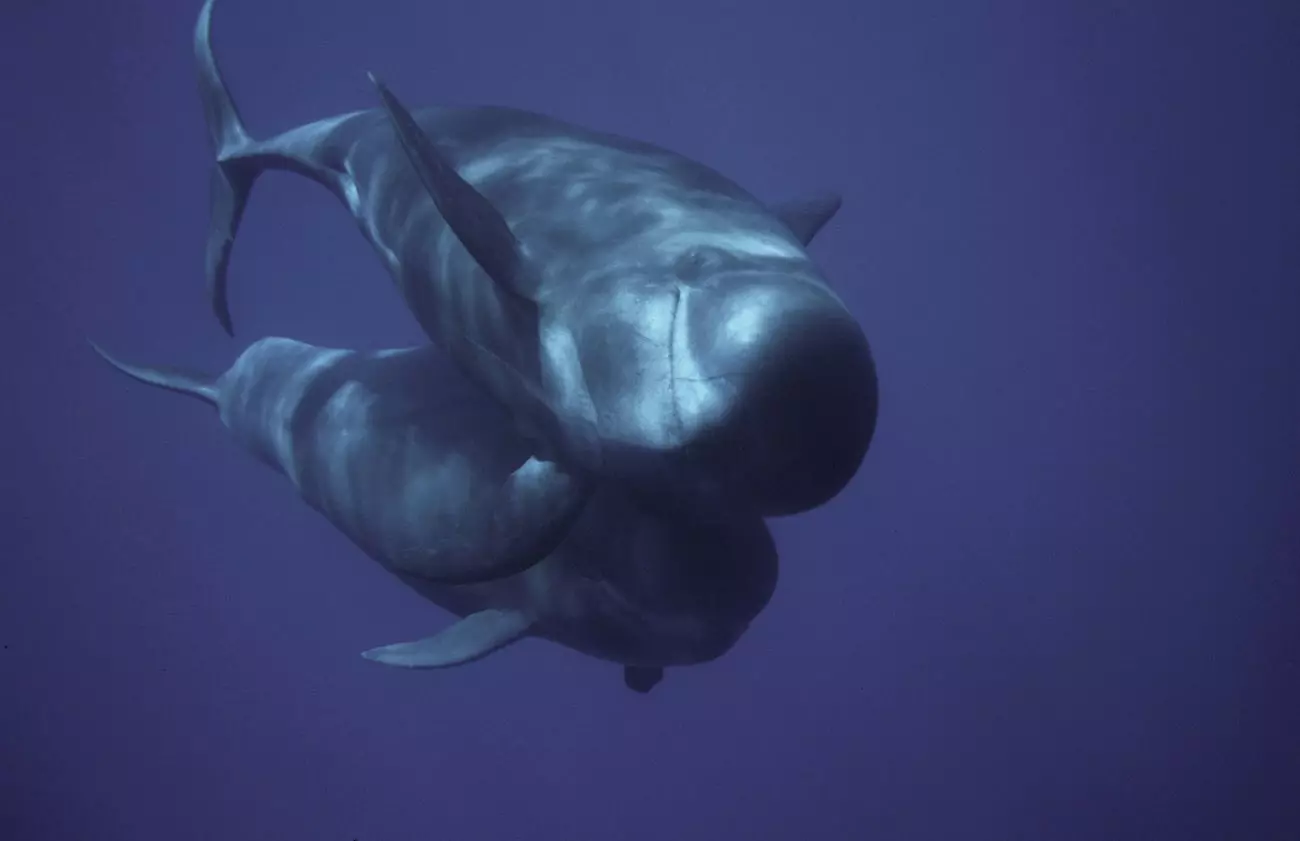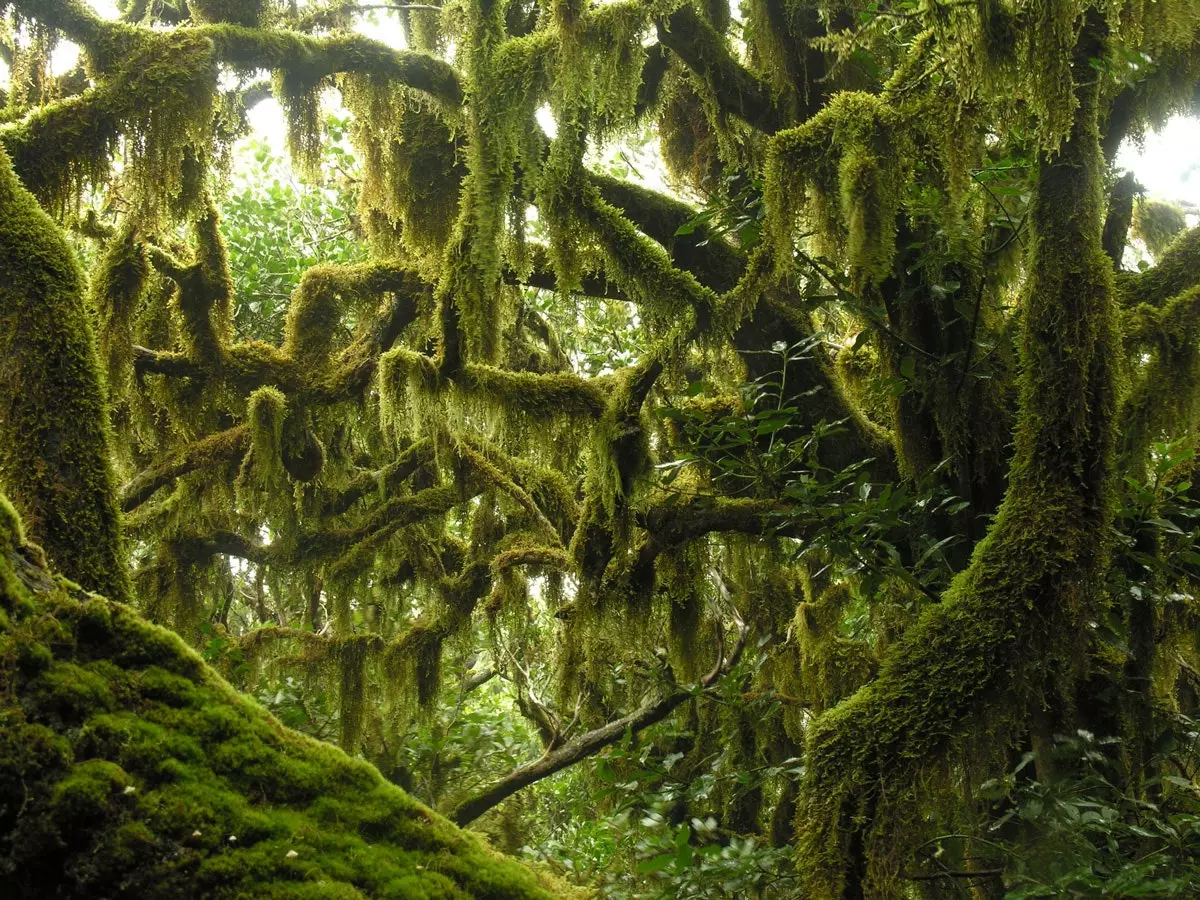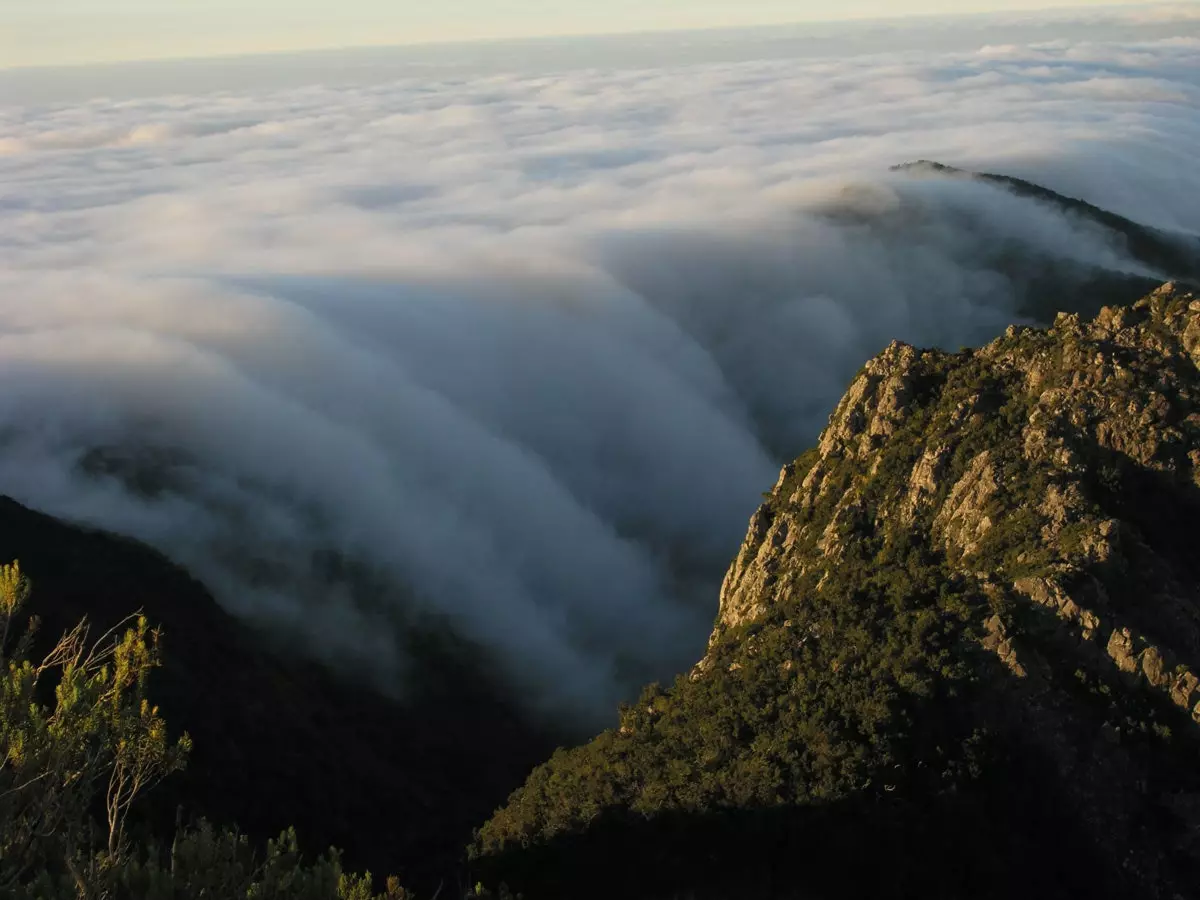
bottlenose dolphins
Impressive crystal clear and enviable waters temperatures throughout the year. These are just two of the thousands of reasons that attract La Gomera, the second smallest island in the Canary archipelago. And we are not referring to you or to us, that too, but to the cetaceans They find their ideal habitat and refuge in this marine space, added to the fact that it is the place that offers them everything they need to feed in abundance.
Banks of dolphins that jump (or wave?) in the sea while groups of Whales come to the surface are two of the images that are eternally recorded in the retina of those who visit the island, recently recognized along with the waters that surround it and the marine strip located between Teno and Rasca (Tenerife)– as an area of Cetacean World Heritage after receiving the Whale Heritage Site for its unique natural conditions and potential to develop sustainable tourism.

Garajonay
Is natural fantasy It is not only a product of summer, but it is maintained for 365 days. If there are eighty different species of cetaceans that exist in the world, a third of them are those that drop by La Gomera, most of them being migratory or seasonal, but also residents, such as the tropical pilot whales (300 of them!) and the bottlenose dolphins , those jumping marine mammals that usually swim alongside boats for hours, even accompanying you on the ferry ride from the port of The Christians to the capital of La Gomera.

Panoramic view of the network of trails on the island
The management and conservation of marine and terrestrial resources has become a priority since the Whale Heritage Site recognized the island, contemplating the creation of a cetacean interpretation center in Tenerife , carrying out environmental education tasks and working with tour operators that promote sustainable tourism. The one that does not need to go far from the coast to see these creatures, with trips that leave from the port of laps (in the municipality of Valle Gran Rey) or from the dock located in Santiago beach.
According to the rubber association window to the sea , an organization that is present in the steering committee of the recently created distinction, "it is not only about protecting cetaceans, but about balancing our actions with the needs of the entire ecosystem in which we are connected and on which we depend". In short, the house of these impressive creatures becomes yours, so enjoy it, be amazed and, most importantly, leave it as you found it. They will certainly thank you. And if you're lucky, they'll show up every time you visit.
This report was published in number 145 of the Condé Nast Traveler Magazine (Spring 2021). Subscribe to the printed edition (€18.00, annual subscription, by calling 902 53 55 57 or from our website). The April issue of Condé Nast Traveler is available in its digital version to enjoy on your preferred device
